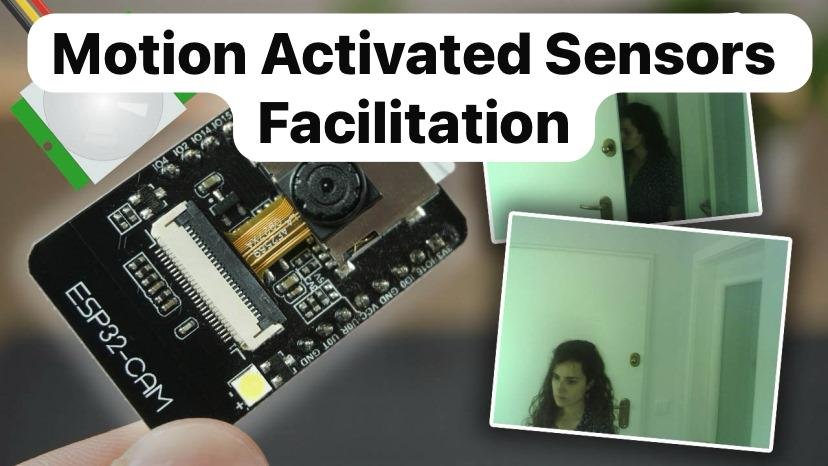In the quest for more interactive and efficient facilitation tools, motion-activated cards have emerged as a transformative technology. These innovative cards leverage motion sensing to enhance engagement, streamline processes, and create a more dynamic environment for meetings, educational settings, and various professional applications. This article explores the benefits, applications, and future potential of motion-activated cards in facilitation.
What Are Motion Activated Cards?
Motion-activated cards are smart cards equipped with sensors that detect movement or gestures. When a user interacts with the card through physical motion, such as flipping, tilting, or waving, the card can trigger predefined actions or responses. These actions can include displaying information, activating multimedia content, or interfacing with digital systems. By integrating motion sensing technology into traditional card formats, these cards offer a unique way to interact with information and technology.
Benefits of Motion Activated Cards
- Enhanced Interactivity
Motion activated cards provide a tactile and engaging way to interact with content. Unlike static cards or documents, these cards respond to physical actions, making the process of accessing and manipulating information more intuitive and engaging. This interactivity is particularly valuable in educational settings, where students can actively participate in learning through hands-on experiences. - Increased Efficiency
In professional environments, motion activated cards can streamline workflows and reduce the need for manual input. For example, in meetings or workshops, facilitators can use these cards to quickly access and display relevant information or switch between different presentation materials with simple gestures. This efficiency helps to keep sessions on track and minimizes interruptions. - Versatility in Applications
The applications of motion activated cards are diverse. In educational settings, they can be used to create interactive learning materials, such as flashcards or activity guides, that respond to student interactions. In business meetings, these cards can serve as digital access points for documents, agendas, or feedback forms, enhancing the overall facilitation process. - Innovative User Experience
The novelty of motion-activated technology adds an element of excitement and innovation to any facilitation process. Users are often intrigued by the ability of these cards to respond to their movements, which can lead to increased engagement and interest. This innovative approach helps to differentiate sessions and presentations, making them more memorable and impactful.
Applications in Different Settings
- Educational Environments
In classrooms and training workshops, motion-activated cards can be used to create interactive learning experiences. For instance, educators can use these cards to facilitate group activities, quizzes, or hands-on exercises that respond to student actions. This technology not only makes learning more engaging but also helps to reinforce concepts through interactive participation. - Business Meetings and Conferences
For business professionals, motion-activated cards can streamline presentations and facilitate more dynamic interactions. Facilitators can use these cards to switch between different presentation slides, display data visualizations, or activate multimedia content with simple gestures. This capability enhances the flow of information and keeps meetings organized and efficient. - Event Planning and Exhibitions
In events and exhibitions, motion-activated cards can serve as interactive information points or guides. Attendees can use these cards to access details about exhibits, schedules, or interactive displays, creating a more engaging and informative experience. The technology can also be used for promotional purposes, offering unique and memorable ways to engage with potential clients or customers.
Future Potential
As technology continues to advance, the potential for motion-activated cards is likely to expand. Future developments may include enhanced sensors for more precise motion detection, integration with augmented reality (AR) for immersive experiences, and greater customization options for different applications. The continued evolution of this technology promises to offer even more innovative solutions for facilitation and interaction.
Conclusion
Motion-activated cards represent a significant leap forward in the realm of facilitation, offering enhanced interactivity, efficiency, and innovation. By integrating motion sensing technology into traditional card formats, these cards provide a unique and engaging way to interact with information and technology. Whether in educational settings, business meetings, or events, motion-activated cards have the potential to transform how we access and engage with content, paving the way for more dynamic and effective facilitation in the future.


Leave a Reply